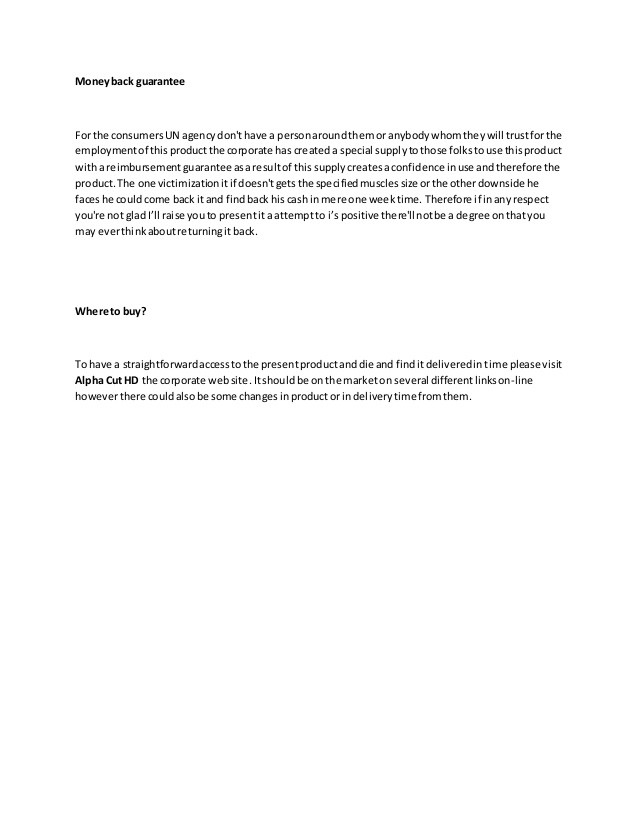Rate Cuts Don t Guarantee Great Returns
Post on: 17 Июль, 2015 No Comment

Whenever the Fed begins lowering interest rates Wall Street pundits can usually be heard saying, In 12 to 18 months the stock market is typically higher after the Fed begins expansionary monetary policy . The fact is that this statement does not always prove to be the case.
Knee-jerk stock buying after a rate cut may not turn out well if you don’t do your homework first. This article shows that this piece of simple advice offered by Wall Street pundits could leave the investor sorely disappointed. In addition, this article looks into slightly more complex trading strategies regarding a Fed expansionary cycle and demonstrates that investors should take into account the slope of the yield curve and the stock markets valuation before jumping into the market head first. (For background on how the Fed can move the market, read How Much Influence Does The Fed Have? and The Federal Reserve’s Fight Against Inflation .)
The Basics
Broadly speaking, it appears that expansionary monetary policy is beneficial for stock market investors. Yet 12-month and 18-month stock market returns, as measured with the S&P 500. during a Fed expansionary cycle are probably conditioned primarily on the slope of the yield curve and then on the valuation of the market at the beginning of the period. That is to say, that all 12- and 18-month periods after the start of a Fed expansionary cycle are not created equal.
Because stocks are typically higher 12 to 18 months from any start date, it really doesn’t take a financial genius to pretend to be a financial genius by uttering that stocks should be higher in the future. So, this is not really what the pundits are saying. Instead, they are implying that the stock market will be up more than the typical amount, not just an uninspiring 1%. Unfortunately for the gurus mentioned above, stock market returns 12 and 18 months after the start of an expansionary cycle are not statistically different from their typical 12 and 18 month returns.
The data being used in this study may not be perfect for the task, but it should be able to capture enough of any 12 to 18 month trends to be considered a reasonable data set with which to examine relationships.
The Study
There have been 12 Fed Expansionary Cycles, which are listed in Figure 1 below, which are defined as the next 12 and 18 months following a peak in the Fed funds rate. A peak occurs when the Fed funds rate has risen by at least 1.5% and then falls by at least 1.5% before rising again by at least 1.5
Slope Criteria

The slope of the yield curve criteria is a way of measuring how tight monetary policy has been prior to the start of an expansionary cycle. Historically, negative sloping yield curves have been pretty accurate indicators of significant economic slowdowns or recessions in the near future. Stocks typically don’t perform well heading into a recession. So, adding this variable should be beneficial to explaining stock returns by highlighting periods where monetary action will be overwhelmed by other factors in a recessionary economy. (To learn the basics of yield curve calculation, read The Impact Of An Inverted Yield Curve .)
If the three-month U.S.Treasury bill yield was currently or just recently higher than the 10-year U.S. Treasure Note yield then the cycle period was classified as a negative slope cycle. If the three-month was below the 10-year, the cycle period was classified as a positive slope cycle. There are seven cycles categorized as positive and five cycles categorized as negative (see Figure 1).
Value Criteria
The valuation criteria is a way of measuring the likelihood that the stock market will rise due to the expansion in the valuation multiple, the P/E multiple in this case. The expansion of the valuation multiple will give a big kick to stock market performance, especially if in concert with rising earnings.
If the current price-to-10-year-average-earnings ratio was greater than its median up to that point in history, the cycle period was classified as high valuation. If the current price-to-10-year-average-earnings ratio was less than its median up to that point in history, the cycle period was classified as low valuation. There were only two low valuation periods and nine high valuation periods (see Figure 1.)














